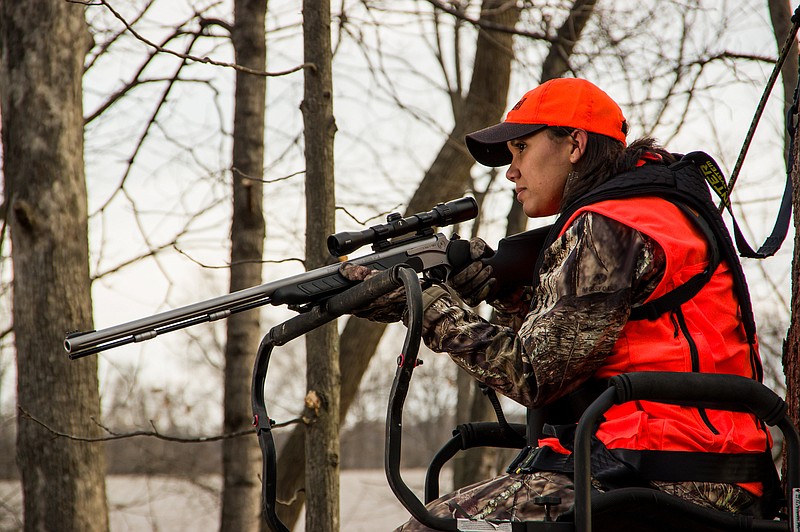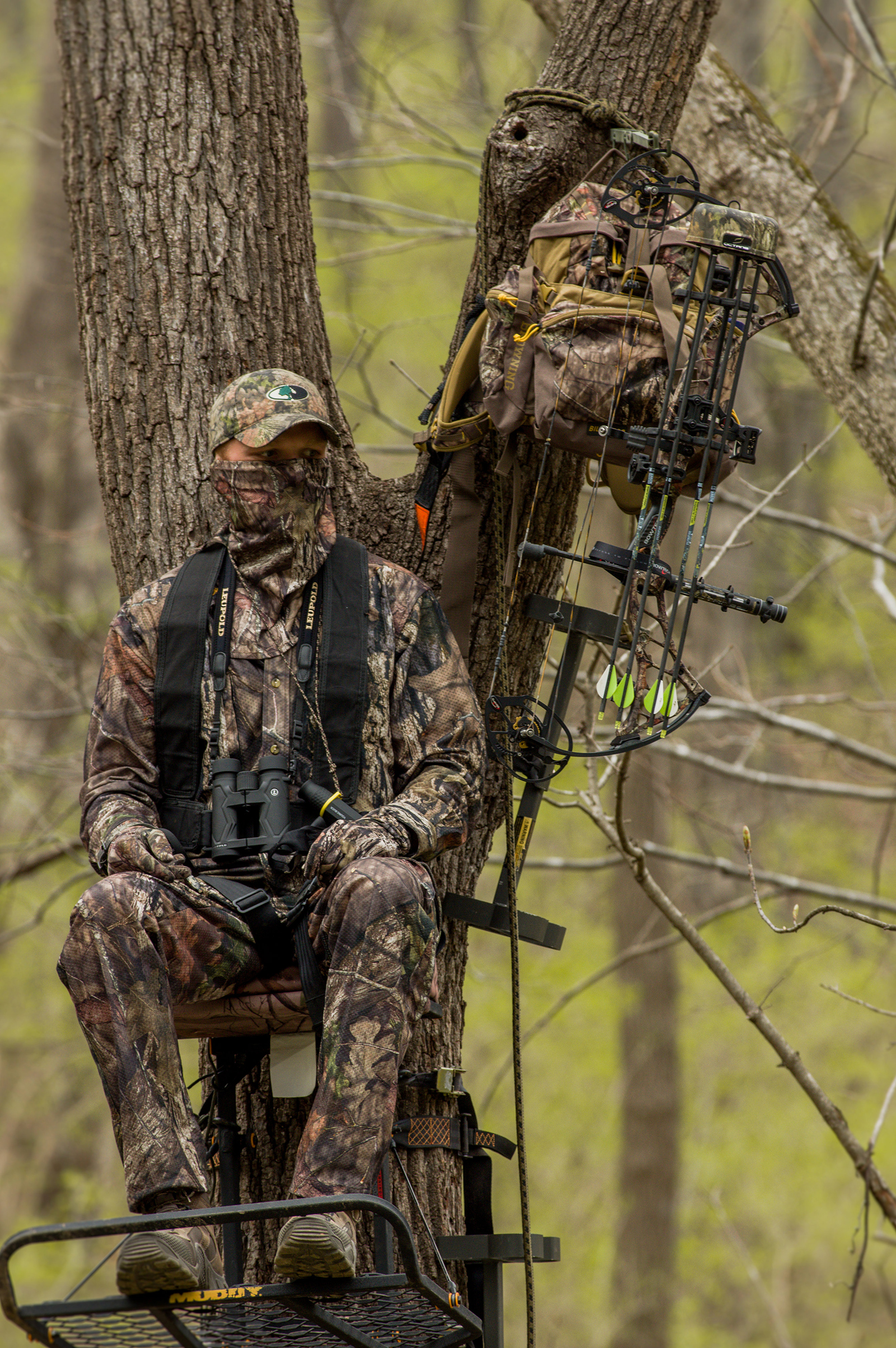I was more than a little surprised the other day to discover we are in November. Nobody told me about it, I didn't get any emails and I failed to have the calendar on my phone alert me.
Oh well, here we are. November to most of us in the outdoors world is all about hunting, and to many of you out there it is all about deer hunting.
I have told you before I am not the world's greatest deer hunter. I will imbibe a little just to be sociable, and I am certainly not adverse to eating venison, especially if you bring me some (already cut and wrapped). I'll deer hunt a little just to stay in the game and bring home some protein from the woodlands.
One of the things that has always fascinated me about deer hunters is their obsession with sitting in trees. I understand why they do it (or at least I think I do) - getting above ground and out of the wind currents so the deer can't catch your scent and all that. The whitetail deer, odocoileus virginianus (before you ask, I don't have a clue) is well known for having an incredible sense of smell. Their noses may not be as finely tuned as our buddy the black bear, but deer hunters know that if you don't play the wind, you ain't gonna see that monster buck.
This is the reason we have a multimillion-dollar tree stand industry.
But many deer hunters will not talk about a well-documented malady known as Treestand Tedium (full scientific name: treestand tedium infinitus boredoutofyourgourdus). The basic premise of the disease is this: You climb into your stand, it is a beautiful fall afternoon and you are really stoked to be there and hopefully get a chance at the behemoth buck you have been seeing on your trail cam for a month (always at night).
About the first hour and fifteen minutes, things are great. You are the hunter becoming one with nature. You soak in all the sights and smells of the early November woods. When the first twig snaps or the leaves crunch, you are on it, your head swivels and you immediately pinpoint the source of the sound, much like a regal bird of prey. When you identify the sound as a half-grown grey squirrel or a chipmunk, you chuckle to yourself and think about how they are just part of the wonders of the natural world.
As you move into the third hour, you realize the seat in your tree stand is not as comfortable as you thought it was. Something about the size of a golf ball and the consistency of anthracite coal has found its way under your right buttock. The juvenile squirrel and the chipmunk, both of which have never strayed more than 20 yards from your stand, are now making enough noise to wake at least the recent dead.
The squirrel, which you have named Marvin, seems to be in training for some sort of track and field event as he runs continuous circles around your treestand, leaping over every log and branch. Often when making a turn, he will do a Duke Boys power slide in the dry leaves so he can make even more noise. The chipmunk (Chippers) can't keep pace with the squirrel but seems content to make headlong rushes and dive into the potato chip-like leaves, engage in what is evidently a break dancing routine under them, then burst out again.
At its height, the disturbance sounds for the world like a herd of wounded hippopotami charging up the hillside. You now think Marvin and Chippers are not nearly so cute and you mutter things under your breath your mother would not be proud of.
By the fifth hour and beyond, some hunters may experience Treestand Tedium in its critical stages. When Marvin and Chippers finally cease their rodeo performance, the real tedium may set in. Long periods of stillness may bring on another danger of this disease - falling asleep in the treestand.
If I may be serious for a moment, this is a real concern and no hunter should get in a stand without wearing the proper safety gear. The Tree Stand Manufacturer's Associations does an excellent job of educating hunters on this matter at tmastands.com.
While the noise generated by the various rodents in the neighborhood is a problem, many deer hunters are more concerned with the major factor of Treestand Tedium, and that is outright boredom. It is a sad commentary of our modern world, but many of us are not prepared to spend long hours in a remote setting while just sitting.
There are a couple of methods modern deer hunters use to fend off the onset of the disorder.
One is to escape via your cellphone. In a day and age when some of us cannot even go to the restroom without our phones, it is natural that many hunters would use this method to battle Treestand Tedium.
Endless texting to your buddies has been popular for some time and is a good way to communicate with those who may be hunting nearby. Next in line is probably staying on Facebook for hours, an excellent way to be oblivious of what is going on around you in the woods. So while you are writing a snarky comment to a post by someone you don't even know, the 10-point buck with the double-drop tines sneaks by you unseen. And don't forget you can play mind-expanding games like Candy Crush and Angry Birds.
Also, I have it on good authority that some of us still look at books. You know, those paper-and-print things you hold in your hand and read. Put a couple of your favorite paperbacks in your day pack. Books may not hold your undivided attention for long periods of time and you may actually be able to look up occasionally and see a deer.
I know this will be considered radical, but I would propose you can actually turn off all electronic devices, put away the books and simply sit in the quiet of the woods for a while.
Crazy, I know, but try it sometime and let me know what you think. You may even see a deer.
"The Trail Less Traveled" is written by Larry Case, who lives in Fayette County, W.Va. You can write to him at larryocase3@gmail.com.

